What would happen if Putin dropped a nuclear bomb?
As his forces in Ukraine began to withdraw, Russian President Vladimir Putin again threatened nuclear weapons, possibly tactical.
Monday, 26.09.2022.
18:37
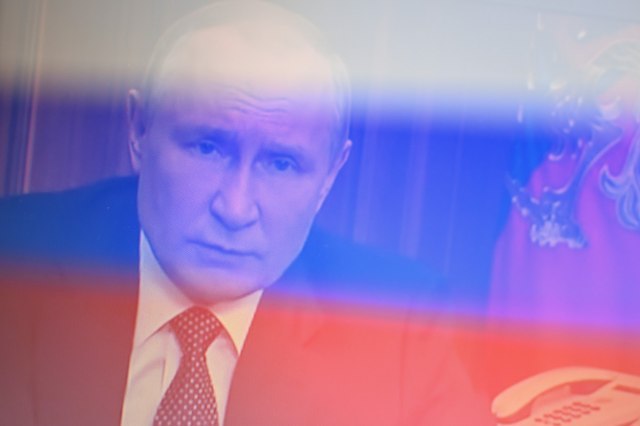
What would happen if Putin dropped a nuclear bomb?
In last week's speech, he warned that "in the event of a threat to the territorial integrity of the country and in the defense of Russia and the Russian people, they will certainly use all available weapons systems."He added that "this is not a bluff", reports CNN.
Russia has 4.477 deployed and reserve nuclear warheads, of which about 1.900 are "non-strategic" warheads, known as tactical nuclear weapons. But what are tactical nuclear weapons and how do they differ from conventional nuclear weapons?
Tactical and strategic
Tactical warheads are intended for use on a limited battlefield, for example to destroy a column of tanks or a group of aircraft carriers if used at sea. These warheads, with an explosive power of 10 to 100 kilotons of conventional dynamite, are also called "low power" bombs.In contrast, Russian strategic nuclear warheads have an explosive yield of 500 to 800 kilotons and are designed to destroy entire cities. Calling tactical weapons "low-yield bombs" is somewhat of a misnomer because explosive forces of 10 to 100 kilotons are still sufficient to cause mass destruction, as the world discovered in 1945 when the US dropped atomic bombs on Hiroshima and Nagasaki, Japan. Those bombs had 15 or 21 kilotons of dynamite, so they were like Russian tactical nuclear weapons. The initial explosions in Hiroshima and Nagasaki killed approximately 70.000 and 35.000 people, respectively, immediately, and tens of thousands of people died later from the radiation released.
Alex Wellerstein, director of science and technology studies at the Stevens Institute of Technology in New Jersey, says the real difference in nuclear weapons is not actually the explosive power, but the target.
"The atomic attacks on Japan were 'strategic' attacks aimed mainly at destroying morale and terrorizing the Japanese command into surrender. What made the 15 kilotons a 'strategic' bomb was what it was aimed at," Wellerstein wrote on the Outrider security blog. Other experts, including former US Defense Secretary James Mattis, say there is no difference.
"I don't think there is such a thing as a 'tactical nuclear weapon.' Any nuclear weapon that is used at any time brings about a strategic change," he said at a 2018 congressional hearing.
What would happen if Russia took advantage of it?
Russia (and before it the Soviet Union) created and maintained a large stockpile of tactical nuclear weapons.The original thinking was that using a nuclear bomb on the battlefield would give leaders the ability to launch a decisive strike that could prevent defeat without the use of the largest nuclear weapon, leading to a "civilization-destroying nuclear exchange" after a counterattack, according to the Union of Concerned Scientists. On its website, the organization calls that thinking wrong and dangerous: "Tactical nuclear weapons introduce greater ambiguity, increasing the possibility that a country may think it can get away with a limited attack. Some analysis supports this theory. In a commentary published this summer, Siddharth Kaushal and Sam Cranny-Evans of Britain's Royal United Services Institute (RUSI), the use of tactical nuclear weapons against command centers or air bases in Europe could limit civilian casualties in the surrounding areas. For example, in this document, RUSI writes that the use of a tactical nuclear bomb in the Sulwaki area, the land border between NATO allies Poland and Lithuania, which separates Russia's Kaliningrad from neighboring Belarus, could only cause hundreds of civilian casualties. The reality is probably far from that. "American war games predict that a conflict involving the use of tactical nuclear weapons would quickly spiral out of control. Princeton University's simulation of a US-Russian conflict that begins with the use of tactical nuclear weapons predicts a rapid escalation that would lead to more than 90 million dead and injured," he writes on blog of the Union of Concerned Scientists. Responding to Putin's threat last week, the International Campaign to Abolish Nuclear Weapons (ICAN) says that Europe in 2022 is a much more dangerous place to use nuclear weapons than Japan in 1945, which had a smaller population and was relatively isolated. In Europe today, a single nuclear detonation would probably kill hundreds of thousands of civilians and injure many more; radioactive fallout could contaminate large areas in multiple countries, ICAN said on its website.
"Emergency services would not be able to respond effectively and widespread panic would cause mass movements of people and serious economic disruption. Multiple detonations would, of course, be much worse," ICAN writes.


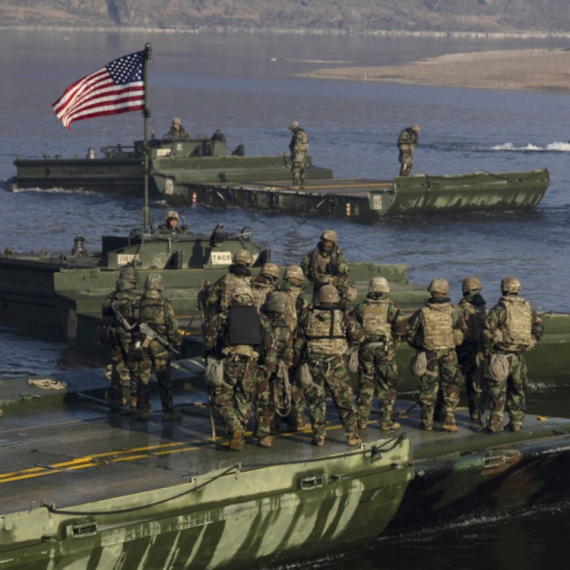
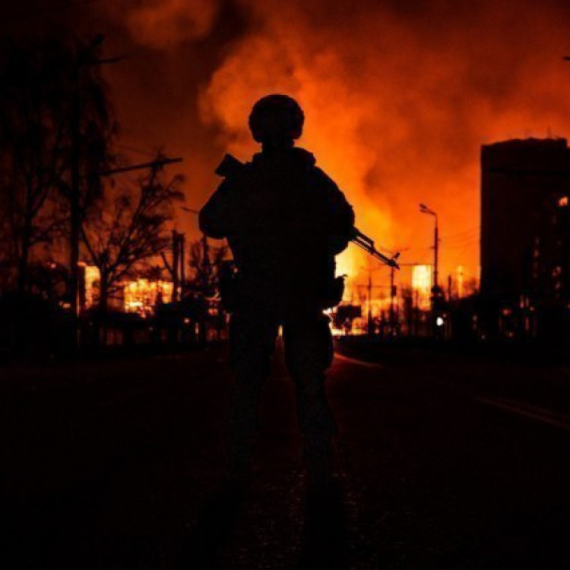


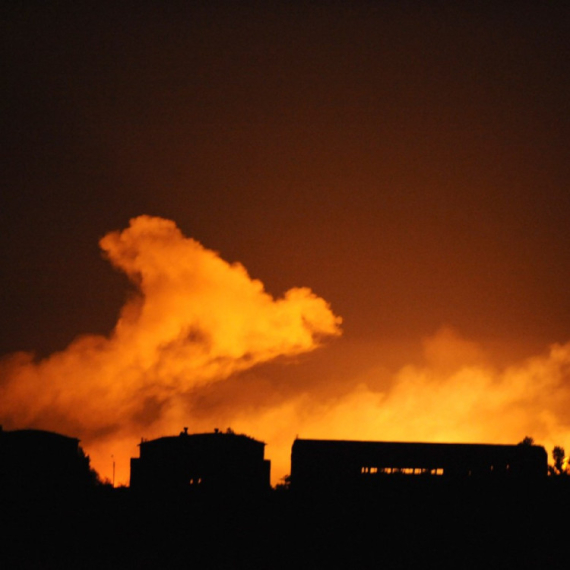



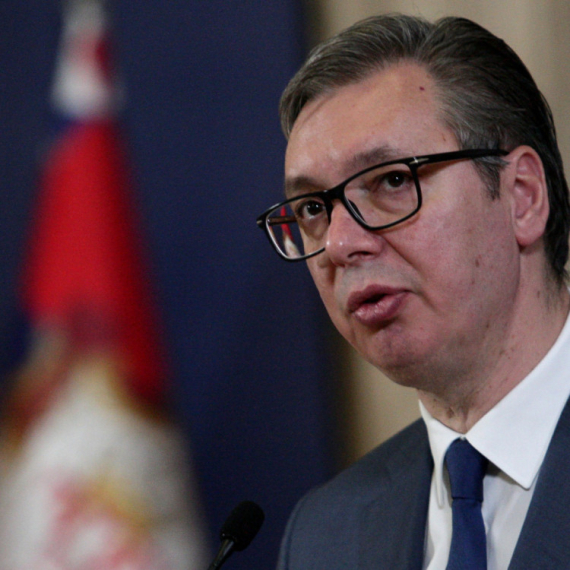




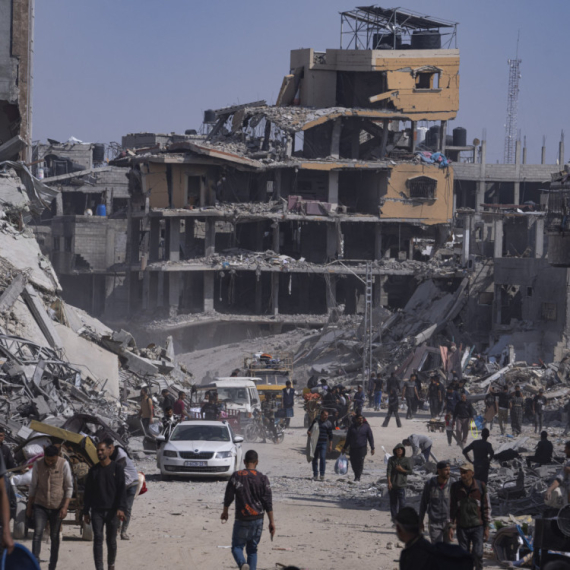
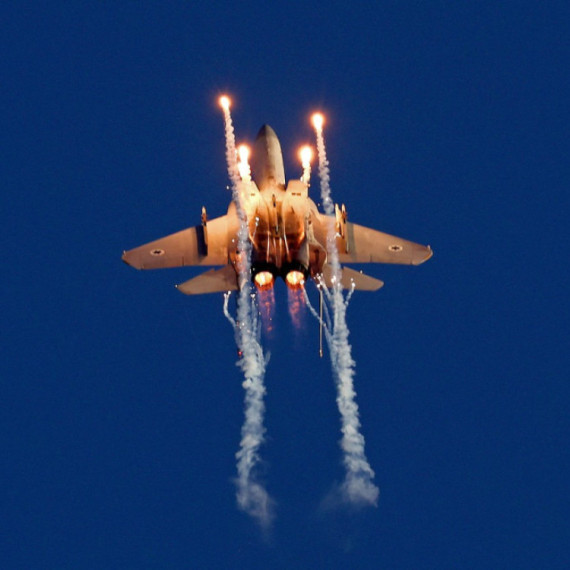
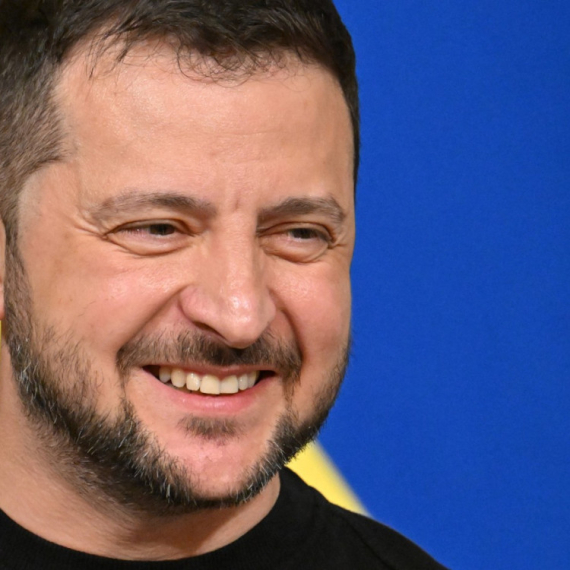




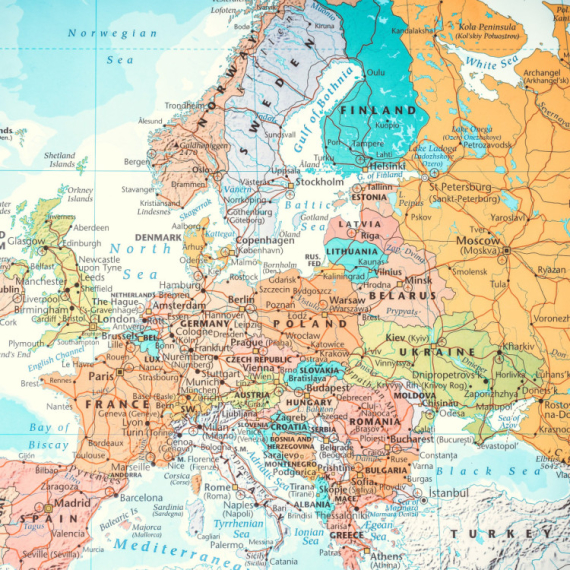





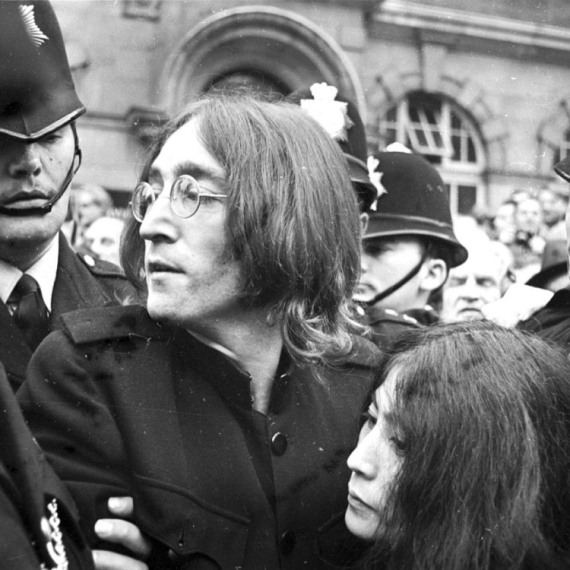









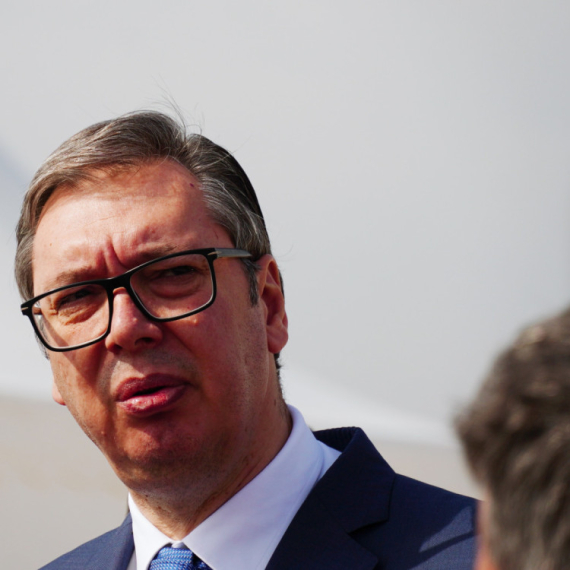
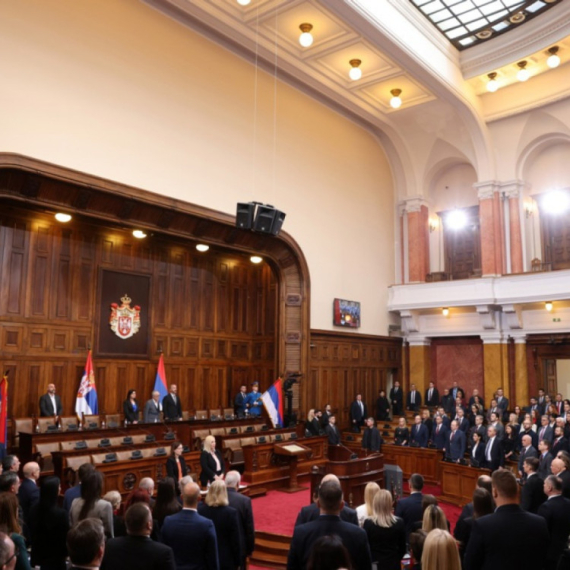
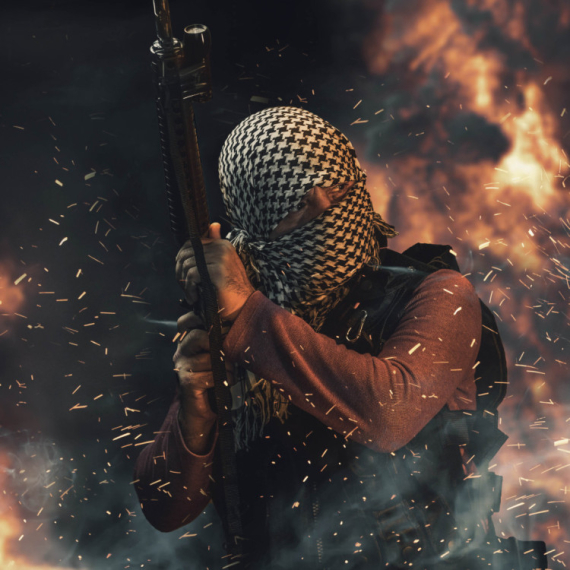
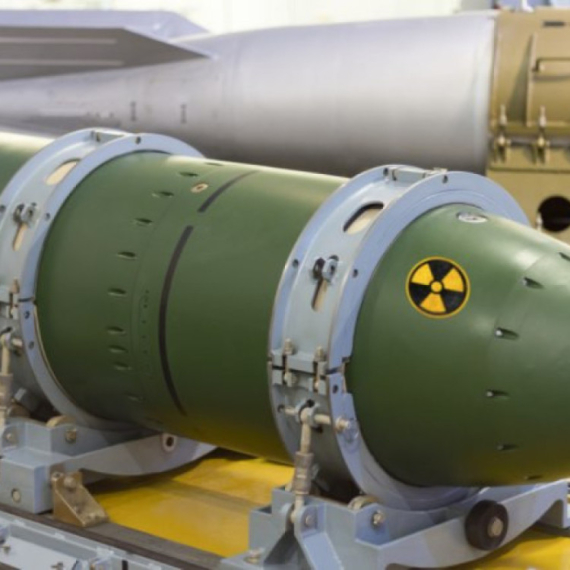
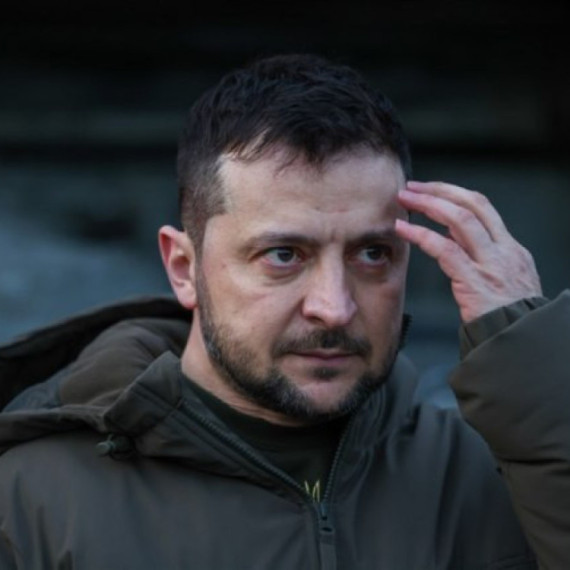
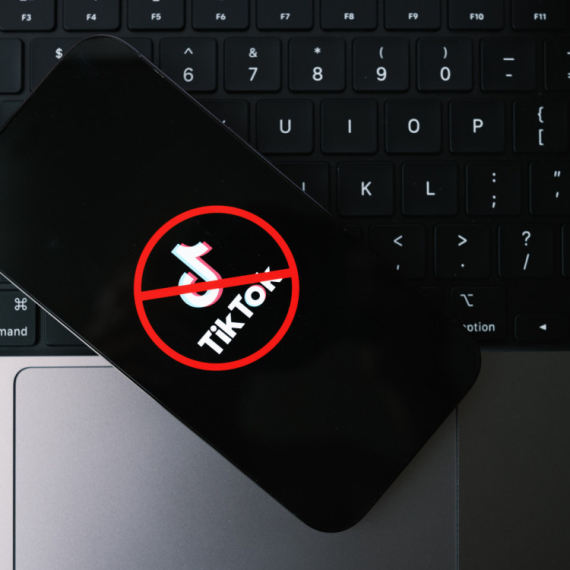


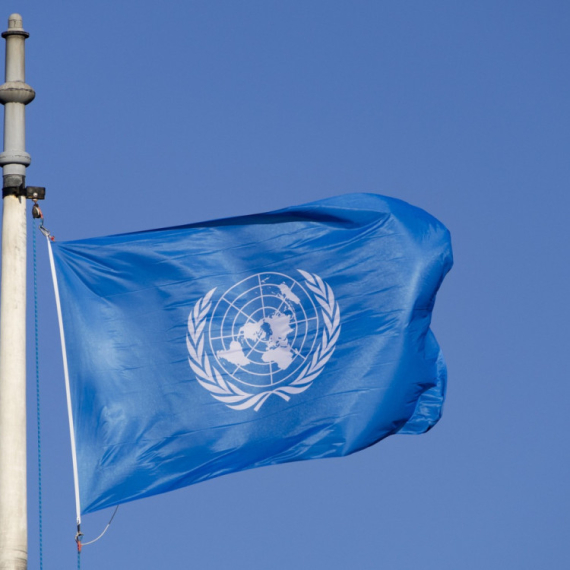

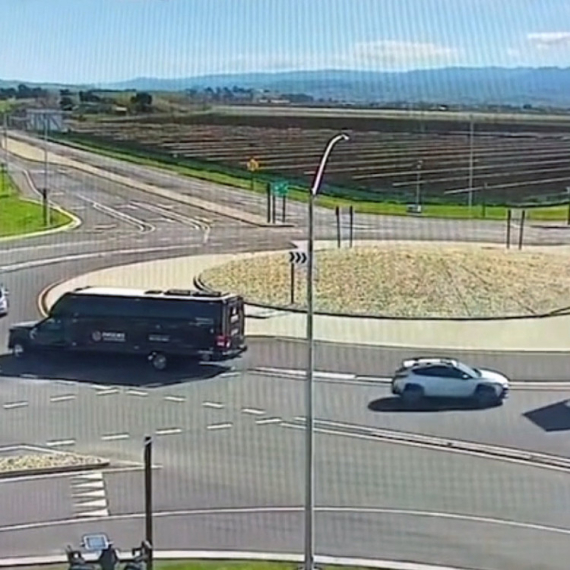






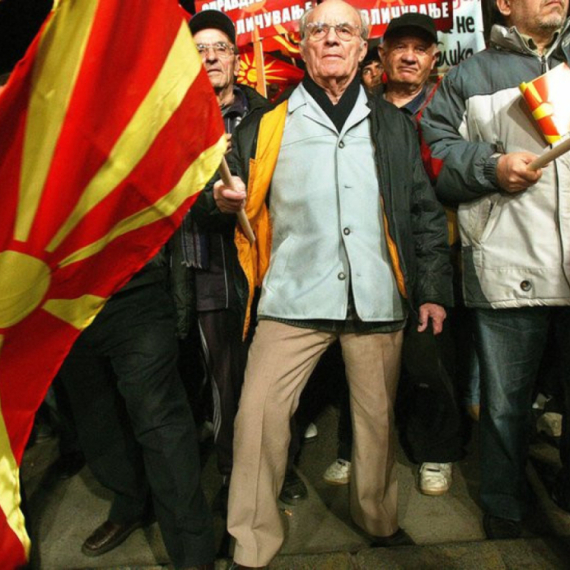
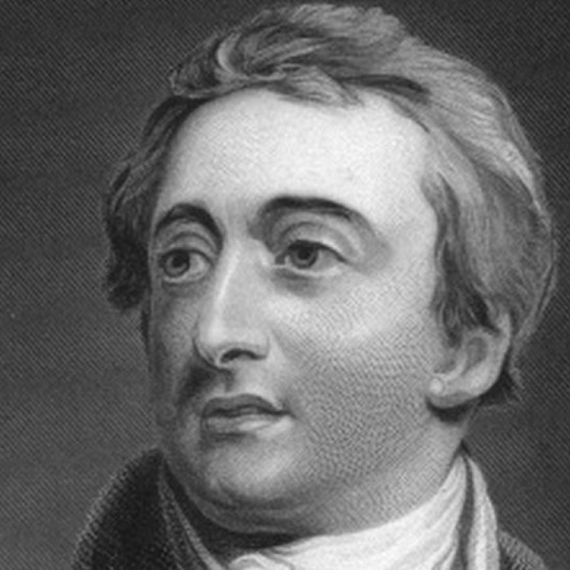


Komentari 7
Pogledaj komentare